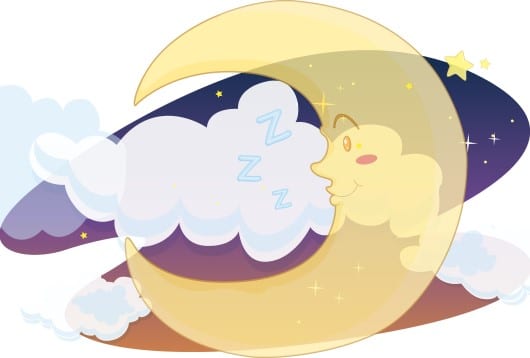
Sleep facts and statistics: insomnia, sleep disorders, health risks, and more
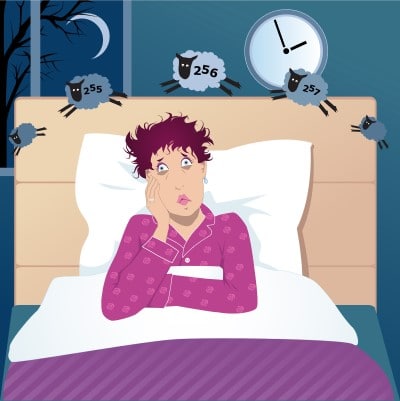
Sleep and insomnia statistics
Sleep is an essential function where the body restores and replenishes itself. Insomnia is when you have trouble falling asleep, staying sleep, and/or poor sleep quality. These sleep issues can be short-term (acute) or long-term (chronic).
United States
1 in 3 adults don’t get enough sleep (American Psychiatric Association)
An estimated 34% of Americans say their sleep quality as “poor” or “only fair (American Psychiatric Association)
10 percent of U.S. adults have a chronic insomnia disorder (Amer Academy of Sleep Med)
Around 1 in 4 U.S. workers has insomnia (Medical Xpress)
Insomnia costing US workforce $63.2 billion a year in lost productivity (Sciencedaily.com)
Canada
One in three Canadians sleep less than the recommended seven to nine hours per night (Statistics Canada)
United Kingdom
22 percent of people in the UK struggle to fall asleep every single night (Linenbundle.com)
Two thirds of UK adults suffer from disrupted sleep (Aviva.com)
Average person living in the UK sleeps for between 5.78 and 6.83 hours per night (Great British Sleep Survey)
Worldwide
In 1942, 8 hours of sleep was the norm, now 6.8 is the average (dreams.co.uk)
Every night as many as a third of adults worldwide struggle with sleep (World Sleep Society)
62 percent of adults worldwide feel that they don’t sleep well when they go to bed (World Economic Forum)
Sleep apnea is the most prevalent sleep problem among older adults (2024 Meta-analysis)
By age group
Adolescents sleep statistics
Only half of US children get enough sleep during the week (ScienceDaily)
6 in 10 middle schoolers and 7 in 10 high schoolers don’t get enough sleep (CDC)
Teens sleep statistics
2 out of 3 high school-aged adolescents aren’t getting enough sleep (CDC)
73 percent of high school students regularly do not get a healthy amount of sleep (Healthline.com)
College students sleep statistics
Up to 60 percent of all college students suffer from a poor sleep quality (Neuropsychiatric Disease and Treatment)
More than 70 percent of college students say they get less than eight hours of sleep a day (University of South Florida)
60 percent of college students say they are “dragging, tired, or sleepy” at least three days a week (University of South Florida)
Seniors sleep statistics
More than one-half of the elderly have at least one sleep complaint (Psychiatrictimes.com)
Insomnia affects 45 percent of adults aged 65 to 79 years (Psychiatrictimes.com)
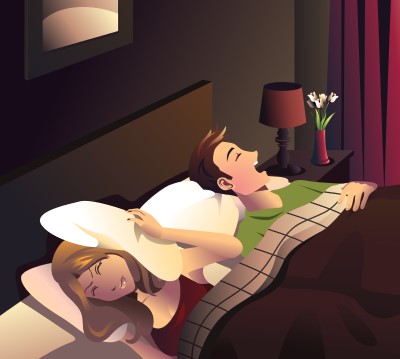
Snoring facts and statistics
Snoring is a common problem which happens when air flowing through the mouth, nose, and throat is obstructed. This causes tissues in the throat to vibrate resulting in a loud and annoying noise.
25 percent of the population are regular snorers, 45 percent snore sometimes, and about 10% of children snore (devdent.com)
57 percent of men, 40 percent of women, and up to 27 percent of children snore in the US (SleepFoundation.org)
45 percent of adults snore occasionally, while 25 percent snore regularly (Johns Hopkins)
Snoring is actually the third leading cause of divorce in the United States (Dreamsleep.ca)
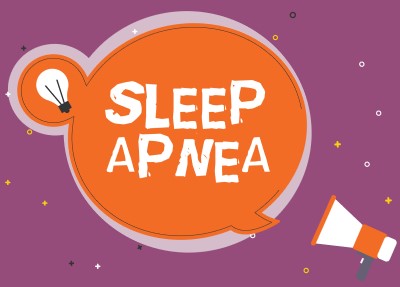
Sleep apnea facts and statistics
Sleep apnea is a common sleep disorder in which breathing stops or gets shallow during sleep. It can be due to a mechanical problem in which the throat relaxes too much (obstructive sleep apnea) or a communication problem between the brain and the muscles that control breathing (central sleep apnea).
As the brain and body become oxygen deprived, normal sleep cycles are disturbed when you fall out of restorative deep sleep into light sleep. People with sleep apnea wake up feeling exhausted even though they have had a full night of sleep.
Obstructive sleep apnea (OSA)
Obstructive sleep apnea affects between 2-9% of adults in the United States (SleepFoundation.org)
22 million Americans suffer from sleep apnea with 80 percent of the cases of moderate and severe obstructive sleep apnea undiagnosed (American Sleep Apnea Association)
Nearly a billion people worldwide affected by obstructive sleep apnea (The Lancet)
Central sleep apnea (CSA)
In the US, central sleep apnea is seen in less than 1 percent of people (Emedicine)
While OSA is common in the adult population, central sleep apnea affects less than 10 percent of patients referred for a sleep study (American College of Cardiology Foundation)
Complications
Severe sleep apnea in middle or old age can up your risk of dying prematurely by up to 46 percent (Johns Hopkins)
Sleep apnea can raise your risk of a stroke by two or three times (Amer Journal of Respiratory and Critical Care Medicine)
People with sleep apnea have double the risk of getting diabetes (YaleNews)

Jet lag facts and statistics
Jet lag occurs when you travel across time zones and your body’s biological clock is not in sync with local time. Flying through three or more different time zones can upset the body’s 24-hour circadian rhythms.
It’s thought as many as 70% of long haul travelers may experience jetlag to varying degrees (Society for Endocrinology)
Individuals over the age of 50 are more likely to develop jet lag and have worse symptoms than those under the age of 30 (National Association of Managed Care Physicians)
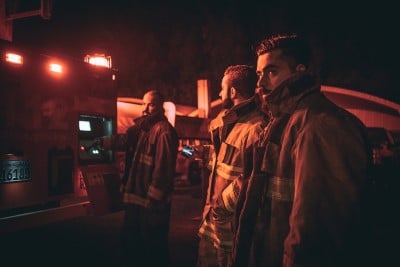
Shift work disorder facts and statistics
Working outside of traditional daytime hours goes against the body’s internal clock. People with shiftwork disorder have trouble falling asleep and staying asleep due to working nights or rotating shifts.
About 20 percent of the fulltime workforce in the US is involved in some form of shift work (Cleveland Clinic)
Researchers found that women who worked on rotating night shifts for more than five years were up to 11 percent more likely to have died early compared to those who never worked those shifts (Time.com)
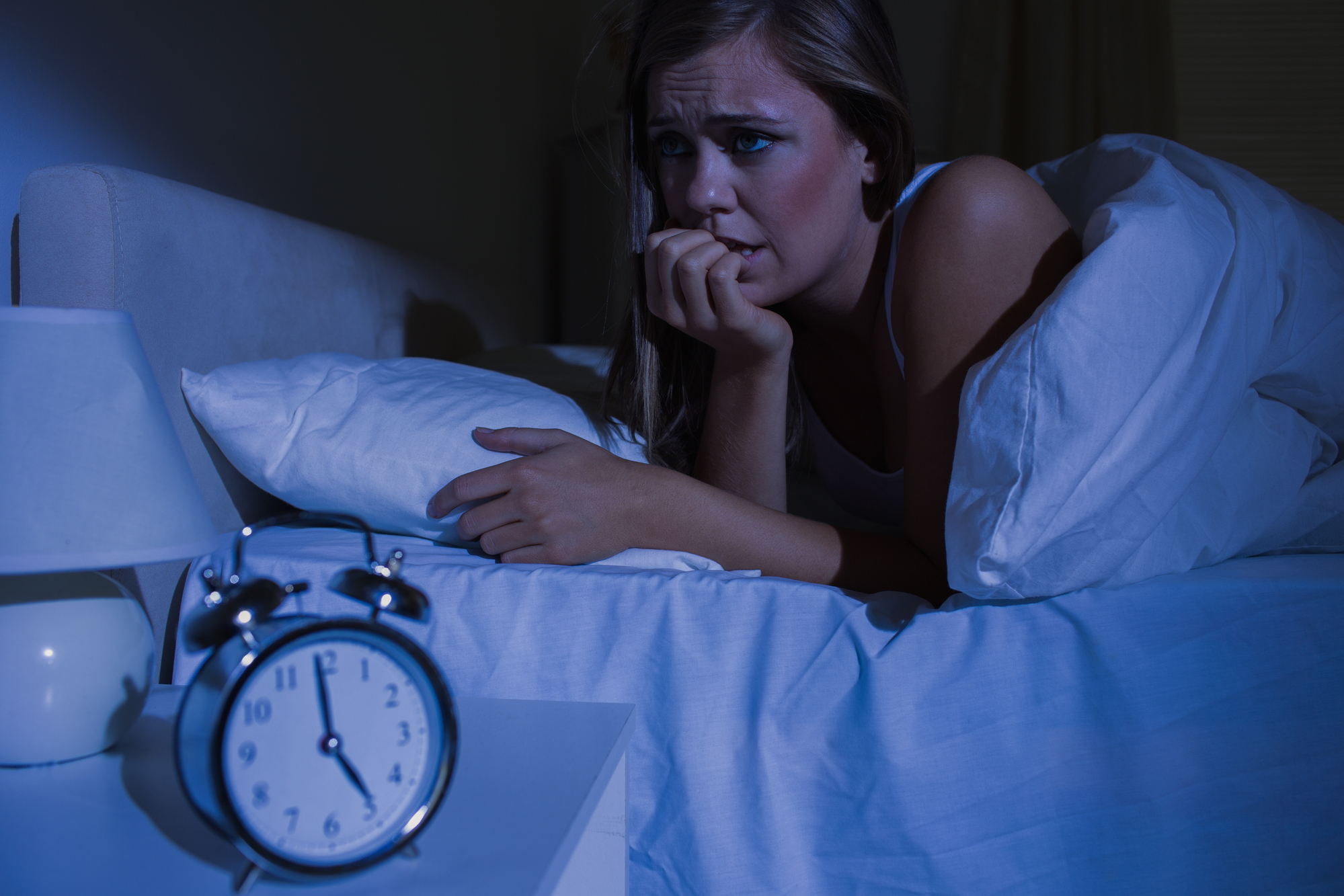
Restless leg syndrome facts and statistics
People with restless leg syndrome get uncomfortable sensations in the legs and have an irresistible urge to move them. This can make it difficult to fall asleep and stay asleep.
7-10 percent of the US population may have restless leg syndrome (NIH)
Restless leg syndrome affects 5 to 10 percent of adults and 2 to 4 percent of children in the United States (MedlinePlus)
Restless legs syndrome worldwide prevalence varies between 0.01 percent and 18.3 percent (Sleep and Breathing volume)
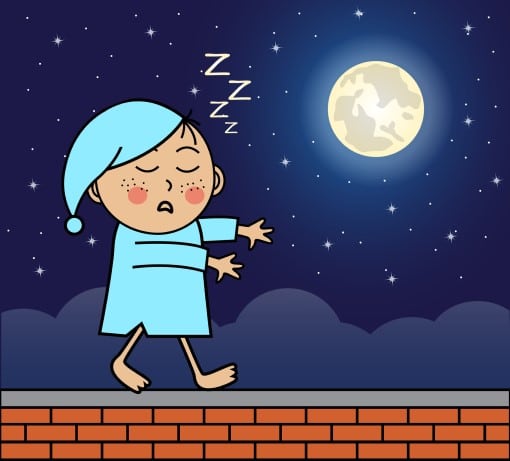
Sleepwalking facts and statistics
Sleepwalking is a disorder that occurs when people walk or do other activities while asleep. It’s more common in kids and young adults.
In the US up to 8 million people are prone to sleepwalking (ScienceDaily)
As many as 40 percent of kids have sleepwalked (Innovations in Clinical Neuroscience)
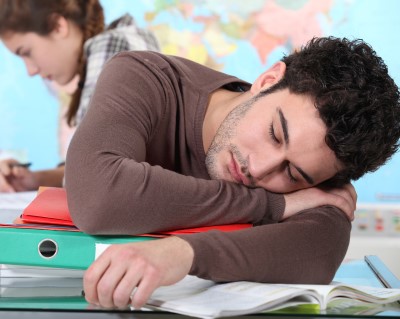
Narcolepsy facts and statistics
People with narcolepsy have daytime sleep attacks where they suddenly feel tired or fall asleep without warning. It’s thought to be a central nervous system disorder in which the brain doesn’t correctly regulate sleep.
Narcolepsy affects 1 in every 2,000 people in the United States (Narcolepsy Network)
200,000 Americans and around 3 million people worldwide have narcolepsy (Narcolepsy Network)
Only 25 percent of people who have narcolepsy have been diagnosed and are receiving treatment (Narcolepsy Network)
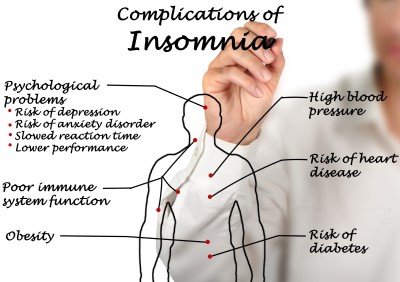
Insomnia ties to other health issues
You may be worried because your barking dog wakes up the baby, but there are other things that can help keep your infant’s sleep on track:
Anxiety and Depression
In the US, chronic sleep problems affect 50 to 80 percent of patients in a typical psychiatric practice, compared with 10 to 18 percent of adults in the general population (Harvard Health)
Surveys suggest the prevalence of anxiety disorder is about 24 to 36 percent in people with insomnia (Dialogues in Clinical Neuroscience)
65 to 90 percent of adult patients and 90% of children with major depression experience some kind of sleep problem (Harvard Health)
Diabetes
People with insomnia were 28 percent more likely to develop type 2 diabetes than those without insomnia (BMJ Open Diabetes Research & Care)
Half of people with type 2 diabetes have sleep problems (sleepfoundation.org)
Heart disease
As many as 44 percent of cardiac patients experience insomnia (American College of Cardiology Foundation)
A study of more than a million people indicates people suffering from insomnia may have an increased risk of coronary artery disease, heart failure and stroke (ScienceDaily)
COVID
Major study suggest rates of insomnia rates increased 37 percent due to COVID pandemic (Sleep Medicine)
40 percent of people are experiencing sleep problems during the pandemic (Journal of Clinical Sleep Medicine)
More sleep-related statistics:
You may also be interested in:
Last updated: 10/25/2024
Connect with us:
About Us
Better Sleep Simplified® was founded as a place for you to get clear and well-researched information.
Our goal is to make sure you know about your options so that you take action sooner rather than later.
Check us out on YouTube:
Watch and Learn
Helpful sleep tips, interesting sleep facts and statistics you want to know about
Affiliate Disclosure
This site is a participant in the Amazon Services LLC Associates Program and other affiliate advertising programs designed to provide a means for sites to earn advertising fees by advertising and linking to them.
Important: BetterSleepSimplified.com is for informational purposes only and is not intended or implied to be a substitute for professional medical advice, diagnosis, or treatment. Always consult a physician for sleep and health concerns. See additional information.
